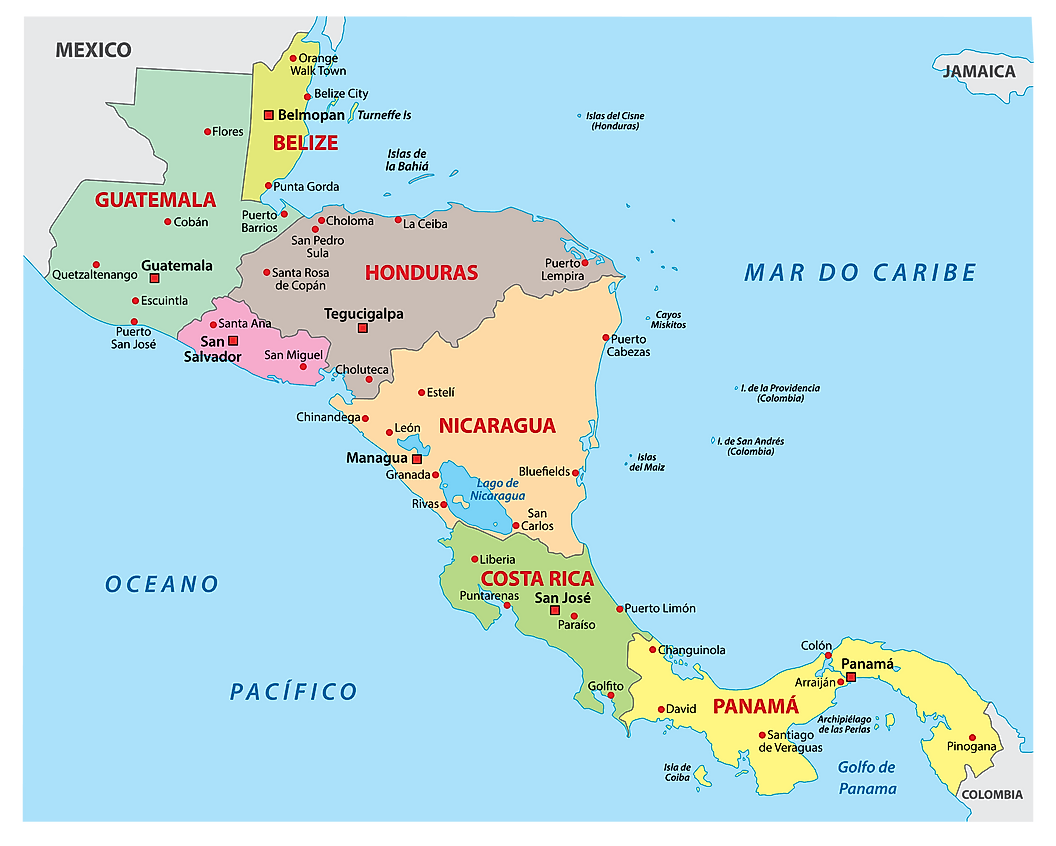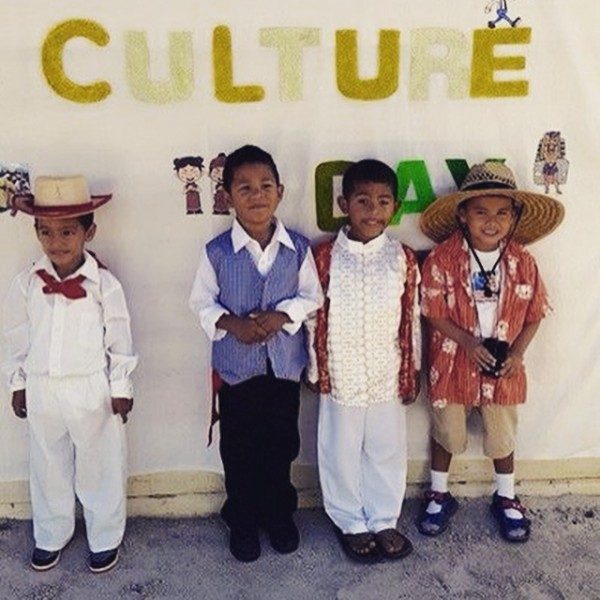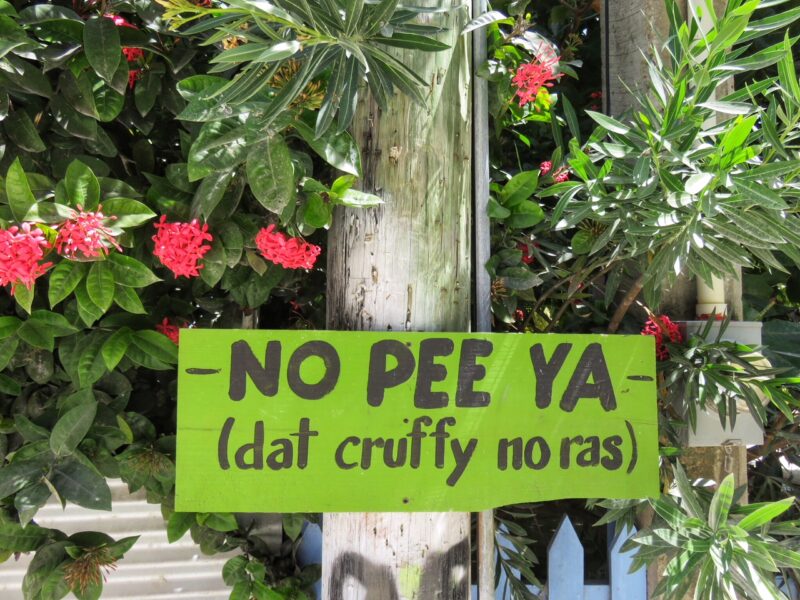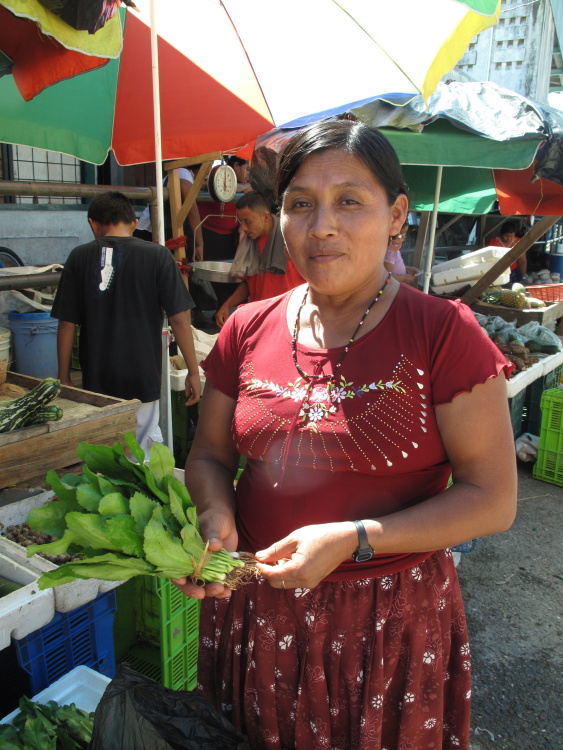Languages of Belize & Do I Need to Speak Spanish To Visit/Live In Belize?
The Languages of Belize
When it comes to the languages of Belize as well as the cultures, our country is an anomaly in Central America. Tiny Belize’s official language is English. English speakers, a former British colony called British Honduras and still part of the British commonwealth, surrounded by many larger Spanish-speaking countries.

Note: We are not the smallest…at least when it comes to size. El Salvador is about 91% of the land size of Belize but…while Belize has a population of less than 400,000, El Salvador has more than 6 million people! 6.45 million Spanish speakers.
Read: My Guide to Ambergris Caye – Belize’s most visited destination
So it is not a surprise that many people in Belize also speak Spanish. But it may amaze visitors to learn just how many languages are spoken in Belize and…just how many languages Belizeans speak. Almost everyone I know can easily switch between English, Spanish, and Kriol.
One of the most interesting facts about Belize, to me, is that though the official language of the country is English – relatively few converse in English when at home with their families.
Depending on the part of the country you are in…and not just district but town by town or even village by village – you might hear very different languages.
So I thought I’d write a summary of some of the languages spoken around Belize.
But first let me share one of my favorite pictures – kids in San Pedro celebrating Culture Day. (This pic is at least 5 years old.)
Can you name the cultures from left to right? Not necessarily separate languages of Belize but cultures! (Answer at the end of this post)
Spanish
You’ll hear Spanish in many parts of the country – especially in the north, with its close ties to Mexico, and in the west, with its proximity to Guatemala. On Ambergris Caye, populated (post-Mayan times) during the Caste Wars by people fleeing the Yucatan, most residents can switch easily between Spanish, English, and Kriol – and often do, sometimes mid-sentence.
Kriol or Belizean Creole
Kriol or Creole is an English-based language but so much more. (You can read more about the history and derivations here). I vividly remember the first time I heard it…it sounded like the tour guides on my snorkeling trip were speaking in an animated…sing-song but very fast…almost what I thought was a Jamaican-sounding language. I thought I could pick out a few words but I had no idea what they were saying. Immediately asked what language they were speaking. Kriol.
In Belize, Kriol is often the language that people from different parts of Belize communicate with each other in. When someone from Ambergris Caye (a native Spanish-speaking area) visits someone from Placencia (a Kriol/Creole area) – the common language is most likely Kriol.
 More than just accented English or slang-English, it is a dialect with different words and sayings.
More than just accented English or slang-English, it is a dialect with different words and sayings.
For example: pickney = children. Vex or bex = angry or cruffy = a Belizean and proud of it
It took me 3 years managing a bar in San Pedro to really feel like I could 100% understand Kriol – but it only takes a trip to Belize City – where the language is even more fast-paced and more heavily accented – to get me right back to feel like I just arrived in Belize.
A few years ago, I purchased a copy of the very impressive Kriol-Inglish Dikshineri.
Mayan – Kekchi and Mopan
The Maya lived on this land for thousands of years – and still do. So these languages – or a version of these languages – are the native language of Belize. Many people think of the famous ancient Maya sites and carvings, but the Maya people are still very much a part of Belize today.
There are many villages, especially in southern Belize, where Mayan languages are very actively spoken. You can read more about the Kekchi language and people here and the Mopan language here.
I first heard Kekchi being spoken in the marketplace in the southern Toledo district.

My first trip to BEAUTIFUL Punta Gorda.
Garifuna
The Garifuna people are descendants of African slaves and indigenous Caribbean peoples that fled the island of St Vincent in the 18th century and landed in Honduras and then Belize and Guatemala. It’s an incredibly special culture and the language, music, and dance are recognized by UNESCO.
In Belize, Garifuna people are all over the country but the towns of Dangriga and Punta Gorda and villages such as Hopkins and Seine Bight are cultural centers.
I first heard Garifuna being spoken in Dangriga when I was wandering around the bus stop looking for lunch and a young man brought me to his grandmother’s house for lunch. She only spoke Garifuna. Take a look at the lunch they gave me!
For a feel of the language and music, you can listen to Andy Palacio’s beautiful “Watina”.
German Dialects
Many people are surprised to see Mennonites – most likely in long pants (often black overalls) for men and bonnets for women – when they visit Belize. I’ve heard that up to 2…3 to 5% of the population of Belize is Mennonite. While you’ll see Mennonite people all over Belize, but many live in separate, Mennonite-predominant villages – and practice various degrees of traditional ways. Some colonies use no electricity and sometimes have steel wheels on tractors, others, like Blue Creek and Spanish Lookout in the Cayo district, are the most modern places in the country.
Low German or another Mennonite-German dialectic is often spoken.
Other Languages
I thought I’d include these two additional languages since I hear them at least weekly – Chinese and Arabic. Many stores on Ambergris Caye and on the mainland are owned by someone of Chinese descent. On Ambergris Caye in particular, many of the hardware stores and grocery stores are owned by people from Lebanon.
I did not know, until I moved to Belize, that there are more Lebanese people that live outside of Lebanon than in the actual country. It’s estimated that 6 million+ Lebanese people like in Brazil alone. Wow.
And then to answer the question: Do you need to speak Spanish to live in Belize?
My answer is no. BUT…it was pointed out to me recently when I talked to long-time resident Ana Lausen, that learning and speaking Spanish is a great way to not just “live on Ambergris Caye” but to become part of the community.
You can read her story here: Making Belize Your Home: Ana’s Move to Belize, Raising a Family and Getting Into Property Management
You’ll find that especially true if you live in a part of Belize where Spanish is the language most people speak at home – areas like Orange Walk and Corozal and Ambergris Caye…
So over the last few months, I’ve been trying to learn some Spanish using the free App Duolingo.
I’m loving it. It’s fun, it’s easy, it helps with pronunciation and accent. And while I only know how to say things like: Yo necesito mi maleta and Una camisa differente por favor…I’m learning…slowly.
I’m not yet ready to bust it out in public, but I’m learning.
Okay…answer to the question: Can you name the Cultures from left to right?

Mestizo, Creole, East Indian, Gringo 🙂
Posted in: